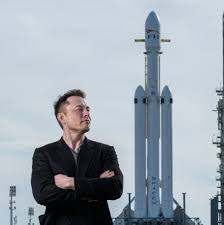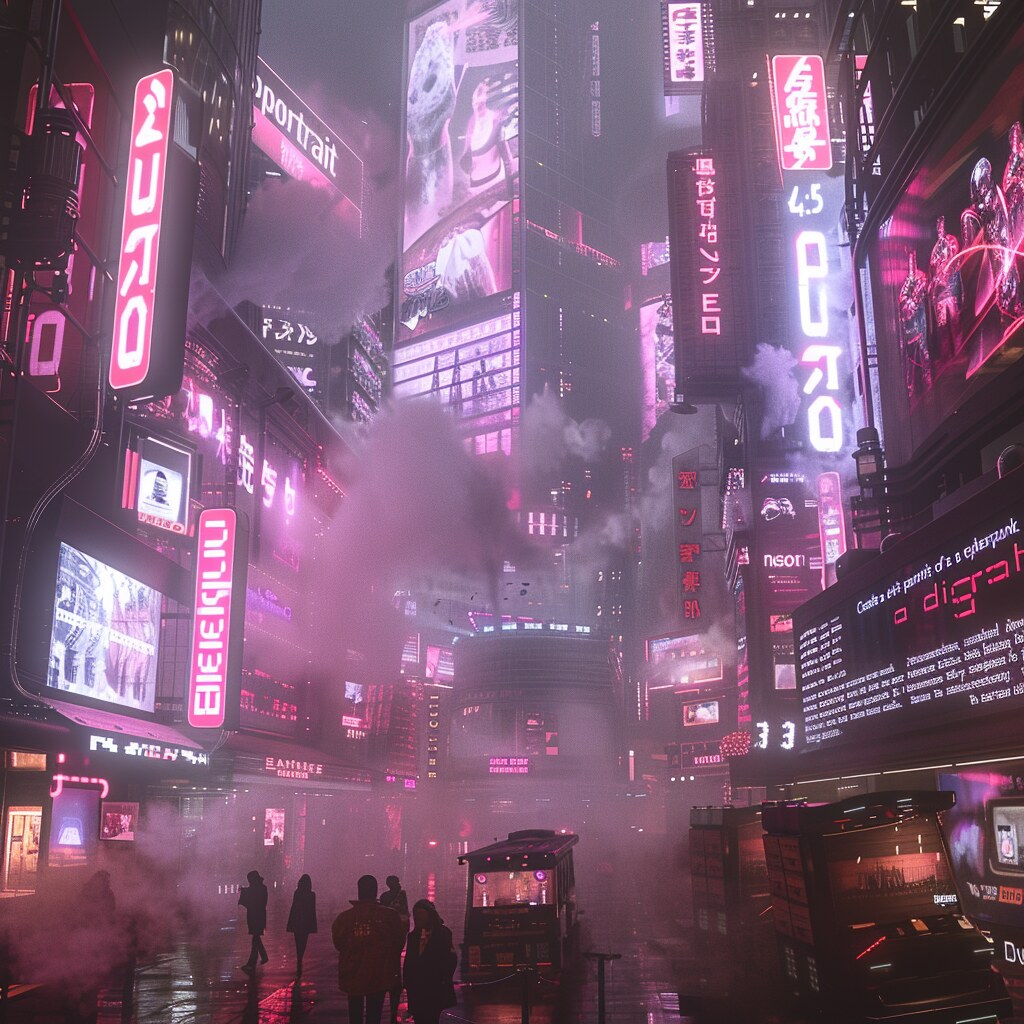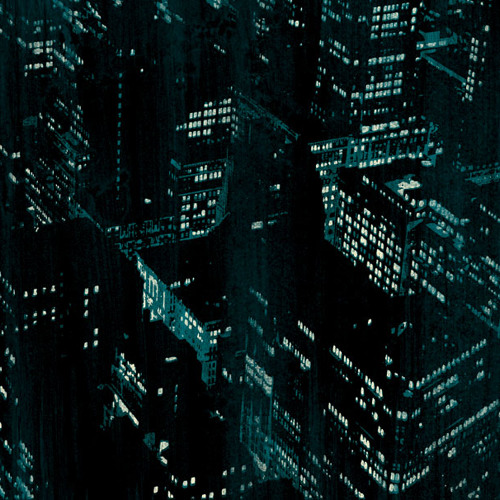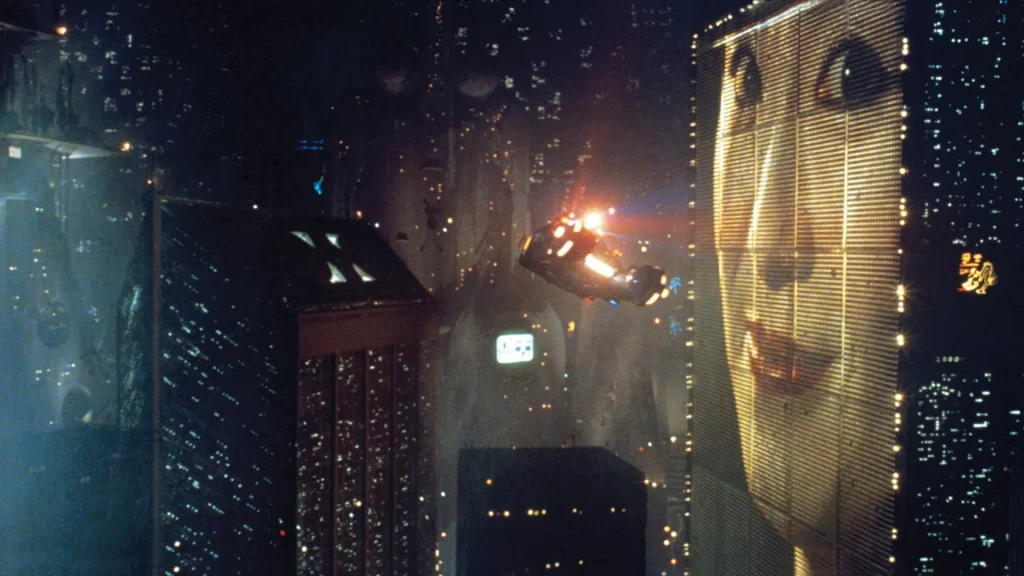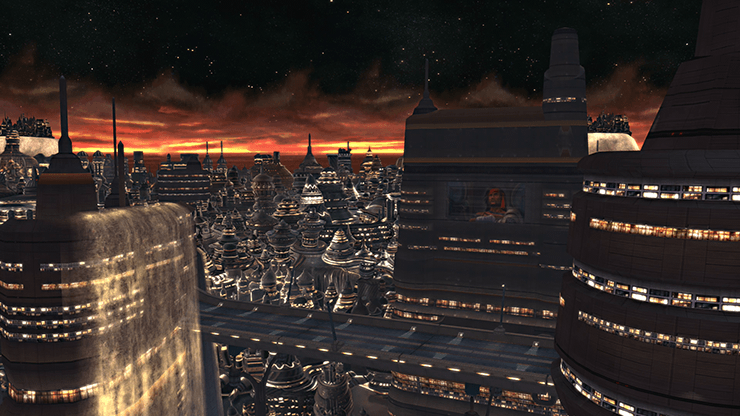The cyberpunk genre presents to us a number of unsavory future societies ruled by corporate dominance such as the Tyrell Corporation in Blade Runner or the Tessier-Ashpool family in Neuromancer. These fictional megacorporations are as powerful as they come. They are unchecked forces capable of making anything they want to happen, no matter how corrupt it may be. When you compare these companies to the corporate giants in reality, you start to wonder how close, if possible, at all, are we to these stories?
Cyberpunk Stories of Unmanaged Power
In Blade Runner, the Tyrell Corporation truly defines a corporate entity with unregulated power. The corporation designs, creates, and engineers replicants (genetically bioengineered humanoids) all for the money with no regard for the consequences or the ethics that come with it. These replicants are sent off to perform dangerous jobs with no types of rights or protections. On the other hand (or should I say the same hand), Neuromancer introduces the Tessier-Ashpools. This group is a very powerful and wealthy family putting in near-immortal status due to their access to society’s technological advancements. In the wake of wanting to reach true immortality the family does whatever they must regardless of the expense of others. As you can see, these examples are far from favorable for the rest of society, but as technology today is continuously improving with time, eventually will we be living in a world mimicking these fictional corporate-controlled societies?
Are Todays Corporations Becoming Megacorporations?
These days our examples of big corporate companies would be Amazon or Google as both basically are monopolies in their respective markets. They are able to control the competition as they see fit and also capable of shaping consumer behavior. This monopolistic power very closely resembles the dominance shown by the above-described fictional corporate entities. Not to mention, these companies have countless information on its millions or billions of consumers.
I feel that even with the size of megacorporations and increasing levels of technology, we will never get to a point where they rule over society as described in the cyberpunk genre. This is because of the way governments and countries work. We have plenty of laws put in place to never allow a company to be the sole player in any market. Even though they have monopolistic levels of power, it didn’t just start that way and if ever they get out of hand or say too big, I feel the government will be quick to put an end to that power. All in all, this means that our futures are safe!
